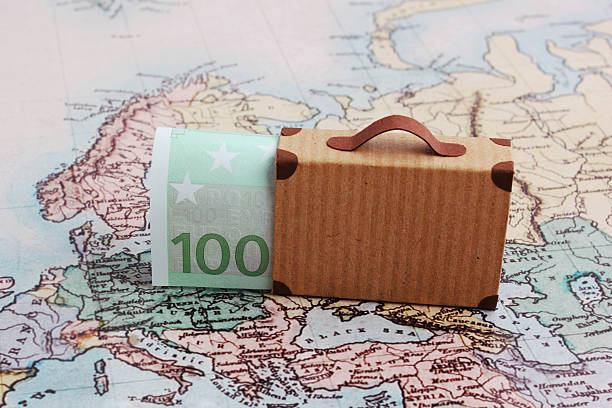Traveling can be an exhilarating experience filled with new sights, sounds, and flavors. However, without a solid budget, it’s easy to get carried away and overspend, leaving you with unexpected financial stress. Setting a daily budget is an effective way to manage your expenses and enjoy your trip without the worry of breaking the bank. Here’s how to create and stick to a daily budget for your travels.
1. Determine Your Overall Budget
Before you can set a daily budget, start with an overall budget for your trip. Consider the following factors:
Trip Duration
How many days will you be traveling? The longer the trip, the more detailed your budget will need to be.
Travel Costs
Factor in transportation expenses such as flights, trains, or car rentals, as well as accommodation costs. This will give you a clearer picture of how much of your total budget is left for daily expenses.
Activities and Experiences
Consider the attractions and activities you plan to enjoy. Research their costs and allocate a portion of your budget to cover these experiences.
2. Break It Down
Once you have your overall budget, it’s time to break it down into a daily amount.
Calculate Daily Expenses
Divide your remaining budget by the number of days you’ll be traveling. For example, if you have $1,000 left for daily expenses and your trip is 10 days long, your daily budget would be $100.
Account for Variability
Some days may be more expensive than others, especially if you have planned activities or dining experiences. Consider this variability when setting your budget. You might choose to spend less on some days to splurge on others.
3. Track Your Spending
To stick to your budget, tracking your daily expenses is essential.
Use Budgeting Apps
There are numerous apps available that can help you track your spending in real-time. These tools allow you to categorize expenses, see where your money is going, and stay within your daily limit.
Keep Receipts and Notes
If you prefer a more traditional approach, keep receipts or jot down your spending in a notebook. This will help you stay aware of your daily expenses and make adjustments as needed.
4. Adjust as Needed
Flexibility is key when it comes to budgeting.
Review Your Spending
At the end of each day, take a moment to review your expenses. If you’ve gone over budget, identify areas where you can cut back the next day. Conversely, if you’ve stayed under budget, consider whether you want to treat yourself to a special experience.
Stay Flexible
Travel often comes with surprises. If you find a unique attraction you want to visit or a local dish you must try, don’t be afraid to adjust your budget to accommodate these spontaneous moments. Just ensure you’re aware of the trade-offs involved.
5. Enjoy Guilt-Free Spending
One of the best parts of setting a daily budget is the peace of mind it brings. Knowing that you have allocated funds for each day allows you to enjoy your travel experiences without constant worry about money.
Prioritize What Matters
With a clear budget, you can prioritize your spending on the experiences that matter most to you. Whether it’s that dream meal, a guided tour, or a local souvenir, having a set budget lets you indulge guilt-free.
___
Setting a daily budget is an essential part of smart travel planning. By determining your overall budget, breaking it down into daily amounts, tracking your expenses, and remaining flexible, you’ll be able to enjoy your trip without the stress of overspending. So go ahead, embark on your adventure, and make the most of every day—financially and experientially! Happy travels!




